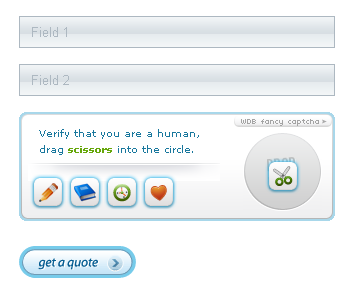Curioso ejemplo para jQuery que permite personalizar mensajes en nuestra página según la página de origen (referrer). Es una buena opción si tienes tráfico originado por alguna página en particular y quieres agradecerles el que visiten tu página con un mensaje personalizado.
// URLs usando expresiones regulares que quieres que detecte
var msgs = [
// null url : tráfico directo
{'url':null, 'msg':'I am glad you remember my site URL, enjoy your stay'}
// Mi url!
,{'url':/^http:\/\/(\w+\.)?midominio\.com/, 'msg':null}
// Otras
,{'url':/^http:\/\/(\w+\.)?google\.com/, 'msg':'Welcome googler, Hope you will find what you looking for'}
,{'url':/^http:\/\/(\w+\.)?dzone\.com/, 'msg':'Welcome fellow dzone reader, if you like it please vote it up'}
,{'url':/^http:\/\/(\w+\.)?digg\.com/, 'msg':'Welcome digger, if you like it please digg it'}
,{'url':/^http:\/\/(\w+\.)?propeller\.com/, 'msg':'Welcome propeller user, hope you will like it here'}
//generic pattern: to show generic message for referrers that you did not specify one for
// URL genéricas
,{'url':/^http:\/\//, 'msg':'Hello their.. Hope you will find what you looking for'}
];
function DetectReferrer(){
var div = $('#WelcomePlaceHolder');
// Si no existe la capa no se muestra el mensaje
if (!div.length) return;
var ref = document.referrer.toLowerCase();
var msg = findMatch(ref);
// Si existe mensaje
if(msg) {
// Añade un botón para cerrar
div.html( '<a href="javascript:void(0)" class="CloseButton">X</a>' + msg).show('slow',function(){
$('.CloseButton',div).click(function(){ div.hide() })
});
}
}
function findMatch(ref) {
for(var i=0; i<msgs.length; i++)
if( ( ref=='' && msgs[i].url==null) || (ref>'' && ref.match(msgs[i].url) ) )
return msgs[i].msg;
return null;
}
// Llama al detector de referrers cuando se carga en DOM
$(DetectReferrer);
Se podría hacer algo parecido para el navegador del usuario, por si usa IE recomendarle que cambie a Firefox, Opera, Safari o Chrome.
jQuery Fun: Greeting Your Site Referrals
Vía / dzone
